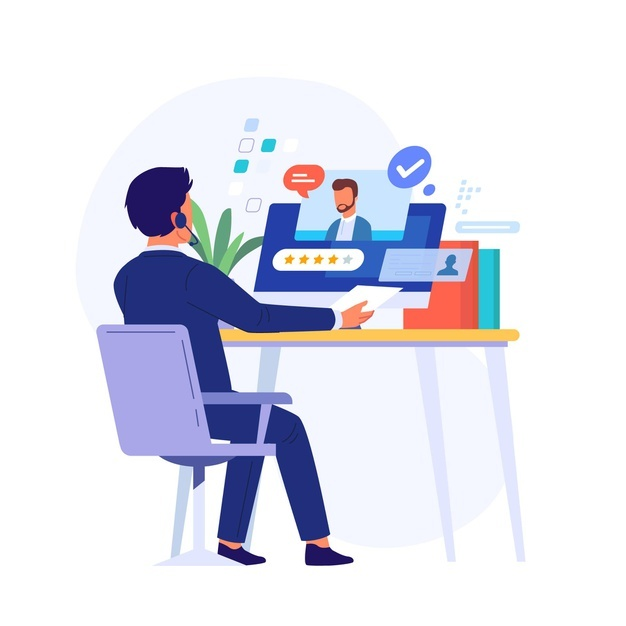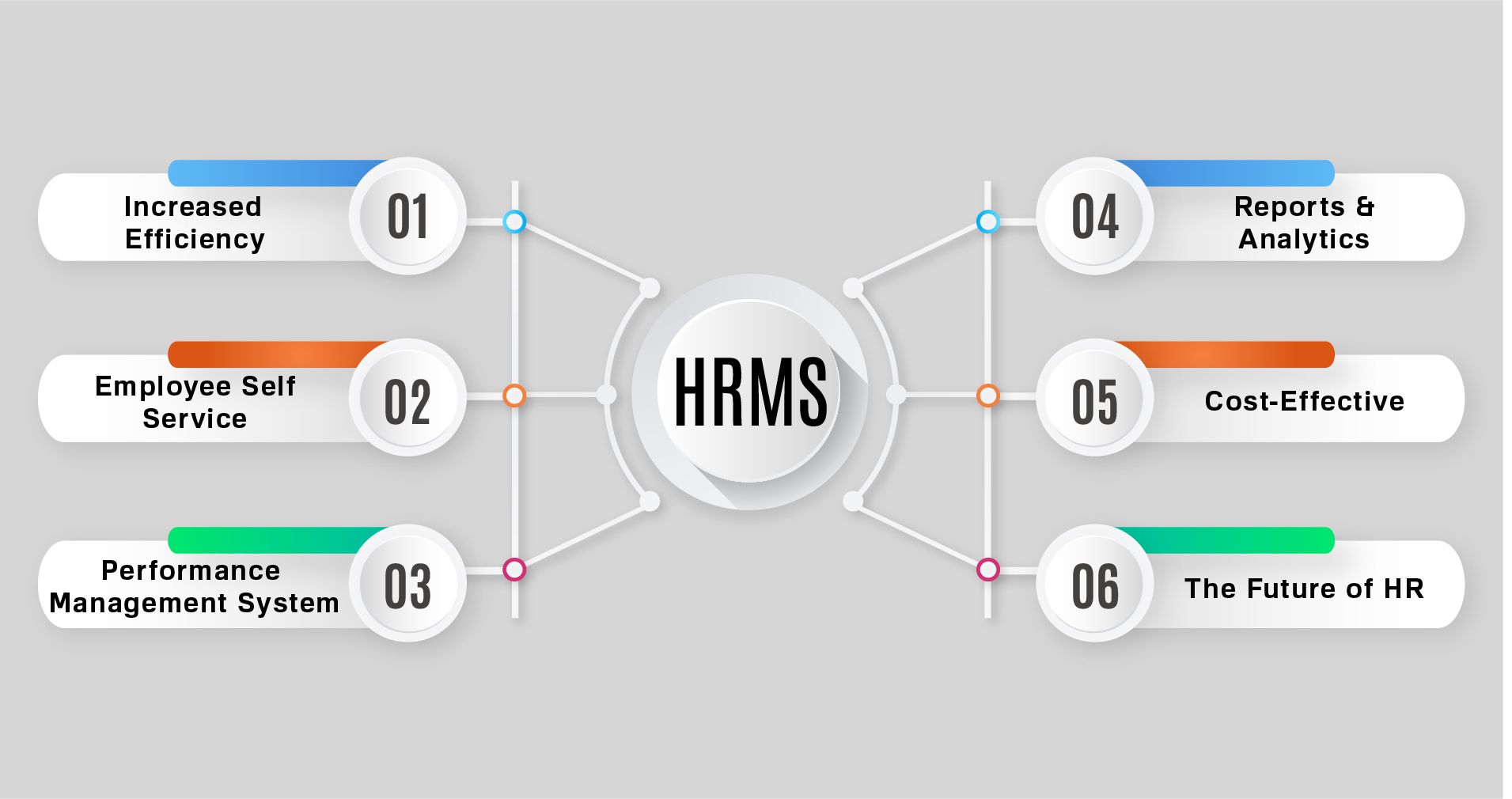“How to maintain a friendly work environment?” No more crazy experiments to make employees happier! Know how does implementing an HRMS is beneficial for healthier work environment!
“No crazy experiments” does not mean that you should not try out new things and organise events for your employees, you should go on as usual but alongside that, what you can do is, implement an HRMS! How does implementing an HRMS help maintain a healthier work environment? That is exactly what we will be discussing in this blog! The following are the factors which lend a hand in increasing the employee retention:

Enhanced Recruitment Efficiency
From Resume Parsing to Employee Master Creation, an HRMS has got you covered completely! an HR Software will still surely increase your organisation’s recruitment process by automating all the work, in some cases, even the interviews and giving you all the necessary reports. It will also help eliminate any potential negatives like personal biases, etc. But it does not end here! After Onboarding, an HRMS will still be your HR’s and your employees’ best friend! How? Here’s How HRMS benefits your organisation’s performance!
Employee Self Service
Employee Self Service lets your employees view, change and/or update their personal and professional information. View SOX Compliance, Growth Graphs, Reports, Workflow and much more! Employee Self Service is an integral part of a HRMS. It makes the employee self-sufficient and helps the manager enhance the workflow while maintaining transparency which in result will boost the productivity of your organisation. Alongside that, it helps improve the self sufficiency of the employees and aids employee retention.
Increased Transparency
Going on in the lines with Employee Self Service, The major benefit of having an ESS System is that it maintains transparency between the manager and the workforce as it enables the employee to know the workflow as well. Another major benefit is that it makes your employees independent. Maintaining transparency lets you have a closer relationship with your employees as it builds trust which is absolutely necessary for a business be it clients or employees.
Performance Appraisal
A Performance Management System lets you track the performance of your employees and lets you compare their performance with their own past performance. This not only helps you evaluate the growth in the performance but also lets the employee recognise their weaknesses and strengths. This will assist the employee’s growth and who does not want to grow? Having a Performance Management system is like killing two birds with a stone- Increased overall performance and Increased employee retention.

Reminders for Events & Anniversaries
An HRMS allows the HR to post about events and important announcements on the dashboard wall and make them known to all employees. This makes it so that no employee is unaware of the event and other important announcements. The Portal displays Birthdays and Anniversaries on the Dashboard which is visible to all employees. Now that’s one way to maintain an employee friendly environment!
In short, an HRMS is beneficial in not increasing the efficacy of your HR Processes but also greatly increases employee retention by creating a healthy, friendlier work environment!
Now coming to what HRMS you should opt for?
An HRMS is beneficial and helps you boost your basic HR Carry outs but does not make a hole in your wallet. Spine HR Suite is one such service provider and you should absolutely consider Spine HR Suite as an option. You can get a detailed guide here Top 6 features that you should consider while choosing HRMS.


















